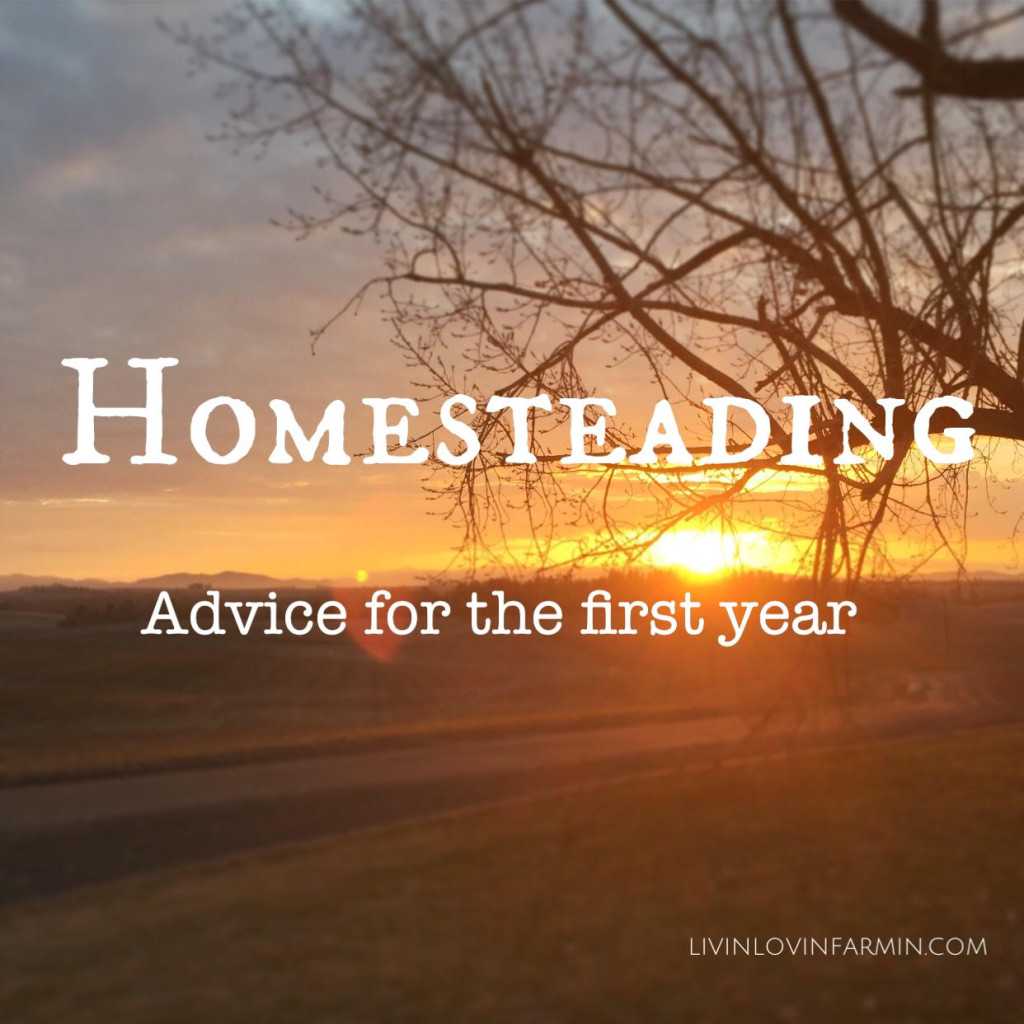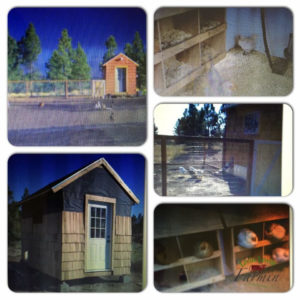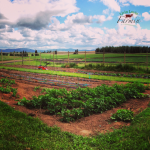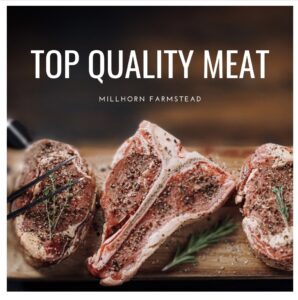Starting a homestead.
It all started with a chicken. A rooster actually.
Living in a run down, 120 year old original homestead that was home to more mice inside then outside, I quickly began researching chemical free alternatives to eliminate these nasty unwelcome house guests. In the midst of my research I came across a story about “old timers” using chickens as mouse control. I wasted no time to thumb my local craigslist ads and hours later, I came home with 2 regal roosters, for free! Not just any roosters, Buckeye roosters. The exact breed I was searching for and as it turned out, they are quite rare. I took that as a serendipitous moment. It was meant to be. Katie + Roosters = Love. At this moment, with agenda we were starting a homestead. I quickly fell love with this breed. I even flew in hatching eggs from top breeders in Ohio and begin hatching them out by the dozens. Too this day, I have only found one other homestead in our area that intently breeds the Buckeye Chicken.

Advice for the first year of homesteading
As my chicken math quickly began to add up, the chickens were taking over the gazillion year old barn that graced the property and I was quickly running out of space. I research and taught myself how to build a chicken coop. It was designed a easy functional coop, with multiple poultry in mind. I scraped and leveled the land and laid every cinder block, measured, cut and nailed every board. Every shingle. Every window was put in my by me. A girl.
And it began
With the completion of the chicken coop, came a large garden. After the garden came milking goats. Then a greenhouse, then a root cellar. Then a second garden. Needless to say within a six-month time frame. I went from having a career, to being a stay at home, full-time homesteader. I was making cheese, fermenting cabbage and grinding my own flour. All was well, except I was EXHAUSTED. My new found ambitions were quick to burn me out. If I could start over again, I would start slow. I often get asked what is one piece of advice I have for a new homesteader. My answer, just that, START SLOW. While excitement to build up a homestead is running rapid through your mind, you don’t need to try do it all in the first year.
While it is virtually impossible to tell somebody ‘how to start a homestead’ as each person’s homestead dreams and visions are different, there are definitely several must have steps in the process to achieving a happy, functional homestead.
Get up early
Starting a homestead means up early with the rooster. Early I say! If your laying in bed listening to your rooster crow, your not getting up early enough, Just kidding.. kind of.. The saying “there’s not enough hours in the day” plays exceptionally true on the homestead. While most people are dreading the 6am alarm clock, the homesteader has already been up for hours. Garden needs watered. Veggies need harvested. Cows need milked. Meals need prepped. Bread needs rising and so on. Living a life from scratch takes extra time and extra planning. And on the other side of this, at the end of the day, while the rest of the world is on their way out to dinner or watching tv, the exhausted homesteader is no doubt sitting by the fireplace reading a “how-to” book and followed by an early hit to the hay.
Garden
Every homestead needs a garden. Whether you’re looking for complete self sufficiency or plan on urban small-steading, your garden will become your livelihood. Not only does the garden feed your family but the excess will also feed your poultry, cows and swine. When starting a homestead, start with a good garden plan. A garden need not be big, but it does need to be efficient. Choose a plot in full sun and free of gopher holes (takes this advice from me). A garden should be near a easily accessible water source. If getting water to the garden is a complication, your garden will not be adequately watered, which will leave the garden fighting to produce to its full potential.
I preferred to plant my garden based on several of the old native American teachings.
“When the snow on furthest mountain has melt, it is safe to sow “.
This is typically around the middle of May here in the PNW.
“The three sisters are sacred, and they should be planted together to watch over one another”.
Corn, beans and squash represents the three sisters. This is my favorite method to plant in the garden. While it is the most efficient use of space, planting this way is also extremely time consuming. Albeit rewarding, but time consuming. The corn stalk acts as a pole for the peas/beans to climb. The squash/pumpkins leaves are are used for shade and the beans/peas deposit much needed nitrogen to the heavy feeding corn. The three sister act as a sustainable tripod.
At the end of the garden season, feed your corn stalks to the cows for added warmth and pumpkins to the chickens as a fall dewormer.
“In order to live off a garden, you practically have to live in it.
– Frank McKinney Hubbard
Keep a Journal
From vegetable yields to crop rotations, keeping a journal or a homestead management binder will help keep you on schedule and budget accountable. What works for you one year may not work the next, knowing where and when you planted peas sounds silly, but it could make or break your next crop. Its amazing during the harvest hustle all the simple things that are forgotten. Be organized, be prepared, keep a journal.
Cooking.
Learning how to cook on the homestead takes lots of time and organization. Cooking seasonally takes on a whole new level. “Easy” food that was once a microwaveable dinner or take out, now ceases to exist.
Cooking is easiest during the abundance of summer, when the garden is ripe, cream is at its peak and eggs come easy. Taking advantage of this overflow will serve you well. Garden vegetables will grace your plate three times a day. Cheese and yogurt making become as frequent as a load of laundry. Using what you have on the homestead will be a new personal challenge. Watching greens wilt and tomatoes go to waste will not only be costly but also a colossal waste of your time. If you plan on sowing it, milking it or raising it, you need to learn how to cook it. If a food won’t be consumed or used before its past its prime, it should be preserved for later or fed back to a food source animal. Whey from cheese making should be froze for the winter months when the cows are dry. This can be used in place of milk for bread and baking. Baking is for the cold of winter. It will keep you busy, keep you fed and keep your house warm.
Food Preserving
With a garden, comes bounty. This bounty needs to be preserved for the winter months. Learning to can, dehydrate and save seeds will be a first year homesteading mission. I have read virtually every canning book available and each year I reread my favorite ones. I strongly recommend the Ball Guide to canning and Preserving as one of the first homestead purchases you make. These are tried and true safe recipes that are simple to follow. Canning jars should be treated a family heirloom, passed down from generation to generation. I have purchased 99% of my canning jars from Craigslist. Mostly from elderly couples that were down sizing and unfortunately their children had no interest in learning the trade. I once scored 110 dozen jars for $100. *always look for imperfections in the jars prior to using. Small cracks on the rim can prevent lids from sealing properly.
A food dehydrator is also a excellent purchase the first year. While this isn’t a necessity, it does make easy work out of dehydrating. Fruit leather, dried mushrooms, and meat can be easily stored without any further processing.
Chickens.
It’s true. Chickens are the gateway animal (See opening statement. 🙂 which is why I recommend them the first year of homesteading. For the most part, chickens are easy keepers. They will bless you with eggs, meat and fertilizer for your garden. Many chickens will spend all day foraging for worms, seeds and bugs. While some hybrid chickens have lost this ability (as well as mating), thanks to over-breeding. After 13 years, I still choose to raise Buckeye chickens for this reason. During the non-snow months, I can easily keep a flock of 2 – 3 dozen chickens and only fill up their feeder every week or so. However, when snow is laid heavy on the ground, I fill up their feeder daily. Buying quality heritage breed poultry will keep your feed bill low and your freezer full. Saving money is a key to starting a homestead.
I have read Gail Damerow’s book a dozen times and still reference it during incubator season. I also strongly recommend Janet Garman’s book, Chickens From Scratch.
If you are lucky enough to keep a rooster, then replenishing your laying stock yearly will come in a economical way. While allowing mama to brood her own eggs is ideal, it is not guaranteed on when or how many will hatch. I started with a simple styrofoam LG incubator and have hatched 100’s of chicks in it. Using a tabletop styrofoam incubator does takes time, dedication and some babysitting. Since adding continual responsibility and ahem .. more children to my plate, I have now advanced to a more reliable “set it and forget it” type incubator.
Be your own best student.
I won’t lie to you. Living on the homestead is tough. Physically, emotionally and spiritually. Trial and error becomes our best friend. While blogs and books can lay out how to start a homestead plan for you, the only one able to achieve it is yourself, with your own blood, sweat and countless tears. You will fail more than once and that’s ok. That’s how you learn. You will better yourself and your farming practices each time. Be patient and kind to yourself. Learn from your mistakes and applaud your achievements.






Hi! I just discovered your blog through Pinterest, and I wanted to say this post really inspired me. I’m on the road to becoming a full time homesteader, and I look forward to reading your blog posts!
Thank you so much! I’m glad your here!
This is great advice for starting a homestead. Thanks for sharing!
Thank you for the great post! We are 9 months into our homesteading journey and we love it, but reading this really helps keep it in perspective. My “do it all” attitude looks back on this year a little disappointed with how much we didn’t get done. (I unexpectedly had to have surgery last fall) Now that spring is almost here though I need to balance what has to get done like the chicken coop and goat pen (the animals are coming either way) versus the ginormous fancy greenhouse that will realistically take another year. I so want to be at the point of all the major building and setup to be done and just be in the routine of milking, collecting eggs, planting, harvesting, ect…but I have the feeling that is an unreachable point as there will always be something to build, add, or learn.
We have six years till my husband retires . Headed to Maine to be homesteaders . We have the vegetable garden and the chickens down! Reading your article showed me we’re on the right trac . We read a lot on the old ways of living before running water, bathrooms , electricity you know what I mean . Off grid homestead is our mission . Canning is my next years plan. The first four years of growing our vegetables I would share with my neighbors.
You are living our homesteading dream! We are still a few years away form starting.
Honestly I had never heard of using chickens to control mice. I know they are omnivores. But I was just thinking bugs and such.
Thank you for a great post!
Marc recently posted…Survival Seeds From Hometown Seeds
Awesome job, Kristie. This is exactly what I’ve been looking for. I might do something similar with my wife!
Thanks for inspiring us.
(Glad to have found your site).)
First thing is what a great name for your site.
My wife and I have bought some land (35 acres) that we are in the process of building our home on. Once we move out there we want to start working the land. Our goal is to have a profit making farm that we can work for when we retire 10 years. Although, both of us would like for that to be sooner we are just being conservative, plus we will actually be retired in 10 years.
I’m looking at chickens (meat and eggs), pigs and goats.
What do you think? Are we being realistic in our goals?
Hi Kevin,
I think that is an excellent plan. Start slow, avoid burnout. Chickens are easy keepers and require very minimal time. Pigs and goats require quite a bit more 🙂 Congrats on your homesteading endeavor.
Thanks for pulling this together….you have some good tips for those looking to get started
I love how you mention keeping a journal. Isn’t it amazing how much easier things get when you remember to write them down? Thanks for the awesome advice!
I couldn’t agree more in this post! Many of us spend a lot of each day in front of a computer. Homesteading hooks us into the natural world and the passing of the seasons, and reminds us of our place within the greater cycle of life.
These are really very helpful tips for me as I am trying to start the homestead. I bookmarked this post. Thanks for sharing!
Catrina recently posted…Best Turkey Deep Fryers Reviews and Guide for 2017-Complete Buyer’s Guide
Awesome story! Kristie. I have leant a lots about homesteading from your blog, please keep going on, I have subcribed your email list, if you have any posts like this one please do not forget to send me, many thanks 🙂
I must say wonderful post! Learning never ends & I think I must learn more to get better at gardening. I thoroughly enjoyed your whole article, it’s really supportive as homesteading help you to become more self-sufficient. Hope I can keep it that way for long.
I love your story about the two roosters you started with. And that’s interesting that heritage beds will forward for themselves.
This article is extremely helpful as I am in the process of setting goals for my first year being a suburban homesteader! Thanks for the information!
Lauren @ Our Indiana Adventure recently posted…Newspaper Seedling Pots Adventures
Hey, I must say It is really a great and helpful blog for the who are planning to homestead. I am also doing homesteading and I just love to do this. I just enjoy the beauty of nature, but it is quite difficult for those who don’t have enough space for homesteading or farmsteading. For them, I have some suggestion that they can buy lands at Ozarkland with owner financing. they provide the best land at no down payments.
Ava Shelton recently posted…Hello world!